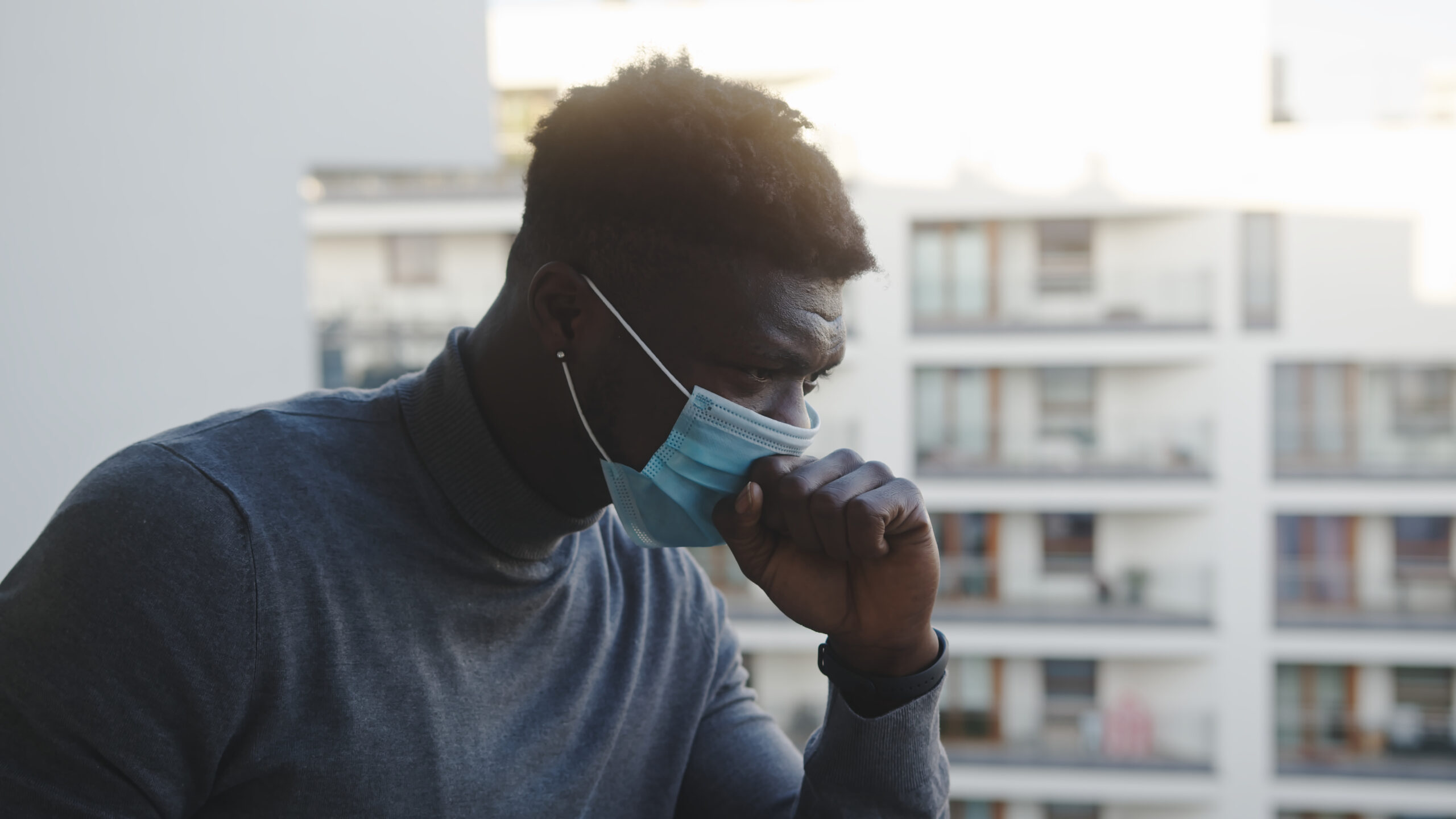Written by Jannise Johnson
The COVID-19 pandemic has been at the forefront of public life and medical and mental health for a year. As the world marks this unsettling anniversary, many of the most vulnerable in the population -racial/ ethnic minorities and the poor- fare much worse than their wealthier counterparts.
The following statistics from the Substance Abuse and Mental Health Services Administration sum up the toll COVID has taken on predominantly black areas of the country.
- In Washington DC people of African descent (Black) make up 45% of the population and comprise 59% of those who die of the virus, according to information posted on the SAMHSA.org website.
- In Louisiana Black people make up 32 % of the population but comprise 70% of those who die from complications of the virus.
- In Michigan those of African descent make up just 14 % of the population but represent 33 % of Covid cases and 41% of deaths from the novel corona virus. ~These Statistics can be seen on SAMHSA.org from a paper entitled “Double Jeopardy: COVID-19 and Behavioral Health Disparities for Black and Latino Communities in the U.S.”
While the virus has had an immense strain on even the most well-situated segments of the dominant population, COVID-19 has negatively affected African-Americans (Black) Latinos, and other disadvantaged groups at a higher rate. Experts suspect it is because many Black people and Latinos, live in urban areas and work lower-paying service industry jobs. Shutdowns forced many in this population who worked in restaurants, hotels, and sporting arenas out of their jobs and onto the unemployment rolls.
One professional who works for a southern California hospital in hard-hit Los Angeles County has seen the damage up close.
Claudon Richards works as a financial counselor in a Los Angeles area hospital. He typically sees 25 to 30 patients in an 8-hour shift, he explained. COVID-19 cases surged just after the holidays which put a strain on the hospital’s intensive care unit. In his role for the past 10 years, he has seen the struggles of various patients who walk through the emergency room doors. Part of his job includes collecting demographic information, so he knows which groups of people have been hit hardest in his part of the county.
“A lot of the patients I see who are getting really sick are Hispanics and Blacks,” he said. “It seems that Covid is spreading in houses with families. An entire household will get sick, and the older ones don’t fare very well. I would say mostly minorities are dying more than white people. Not to say white people are not affected also, but it seems they are better equipped to handle this crisis.”
The physical toll from the pandemic is hard enough, but the mental strain can be just as much of a burden on his patients.
“People are completely stressed out and are in a state of constant worry,” Richards explained. “At this point in time, many want to be vaccinated and there aren’t enough vaccinations to go around. So, what I’m seeing is that people keep coming to hospital to constantly get tested for Covid just to know where they stand at any given moment.”
A therapist who works with youth in the foster care system in Southern California also sees the results of the pandemic everyday in her line of work.
Faith Beverly is a Registered Marriage and Family Therapist (RAMFT), She currently works for a program that provides community-based treatment services for youth and their families in the Inland Empire portion of San Bernardino County.
And for the last year, this has resulted in whole families staying at home with not much to take their minds off their worries. This has been especially hard for young people involved in the juvenile justice and foster care system.
The shutdowns and uncertainty have limited children and teens already struggling with emotional instability in their choices for how they manage their stress.
“I think that one of the more universal issues that I have seen clients struggle with, during this pandemic, is not just “boredom”, but more awareness-present negative feelings, that result from historical instances of trauma and pain,” Beverly said. “During ‘normal’ times, it’s easier for most members of the community to find distractions from many of these thoughts and feelings, but not during times of such tremendous crisis.”
And as the pandemic continues there are still ways to manage stress, Beverly explained. Video chatting, phone calls to family members and friends and even finding a new hobby or learning a new skill can help fill the void of in-person socialization until public life is safer. However, if someone is having serious mental distress, they should look for professional help.
“I think that if individuals have questions about their present state of mental health, and are experiencing increased sadness, anger, anxiety, etc., that they do not feel that they are able to manage on their own, then it may be a good time to access local mental health resources,” Beverly said.
Sadly, Richards has not seen many Black or Hispanic people seek counseling for the emotional distress the pandemic has caused. He said part of that is because the medical staff is not informing the patients of the option. When time permits, Ricahrds attempts to empower worried hospital patients with some basic knowledge that may help alleviate some of their pandemic concerns. He will discuss ways patients can use better nutrition, supplements, and exercise to boost their immune system during the pandemic and for a healthier life in the future, he said.
If you, or someone you know is struggling during this crises, please click here to get help.
Helplines
- Suicide Prevention Lifeline External 1-800-273-8255
- Veterans Crisis Line External 1-800-273-8255
- Substance Abuse & Mental Health Services Administration (SAMHSA) National Helpline External(1-800-662-HELP (4357)
- OK2Talk Helpline Teen Helpline External 1 (800) 273-TALK
Text SIGNS to 741741 for 24/7, anonymous, free crisis counseling
